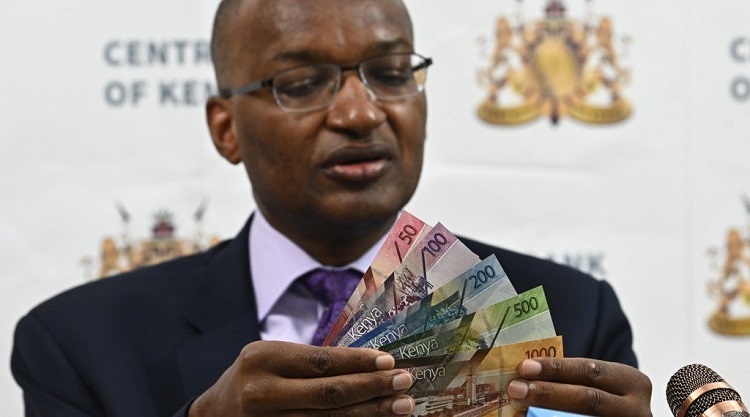The Central Bank of Kenya (CBK) mopped up excess liquidity from the market worth over KSh80 billion in the week ending Nov 5. During the period, banks held Ksh 15.30 billion in cash balances in excess of the Cash Reserve Requirement (CRR).
Liquidity in the money market eased, with the average interbank rate decreasing to 4.7%, from 4.9% recorded the previous week, partly attributable to government payments that offset tax remittances.
Market analysts project a further improvement in liquidity levels.
“We anticipate further improvement in liquidity levels in the coming week as the apex bank is paying coupons for various bonds. This payment will thereby inject liquidity into the financial system,” Genghis Capital noted in their weekly report.
On the other hand, the NCBA Research team further says the surplus liquidity should find a home in FXD1/2021/5 and FXD1/2019/20 (17.50years to maturity), being sold in the week worth Ksh 50.00 billion.
“Certainly, the liquidity should support demand for the papers. Supply for the five-year in the secondary market is remarkably thin. Its issue, amid rising interest rate expectations, therefore, presents a good opportunity for the risk-sensitive portfolios.”
“Some undercutting in the market owing to the current liquidity could soften recent pressures from elevated inflation expectations and scale of local deficit financing,” the NCBA Research team adds.
According to the two, investors will opt for the short term paper due to the tenor preference by banks and insurance companies.
short-term rates rise faster
During the week, T-bills recorded an oversubscription, with the overall subscription rate coming in at 131.1%, an increase from the 66.0% recorded the previous week.
The 364-day paper recorded the highest subscription rate, receiving bids worth Kshs 19.2 bn against the offered Kshs 10.0 billion, translating to a subscription rate of 192.4%, an increase from the 57.9% recorded the previous week.
“The increased interest in the 364-day paper is partly attributable to investors’ preference for holding onto the longer-dated paper since it now offers a better risk-adjusted return,” Cytonn Investments note.
“Short-term interest rates have continued to rise steadily as markets adjust to rising inflation pressures and frontloading of the record local borrowing by the sovereign. Over the last four months, T Bill rates have risen by about 60bps on the three and six-month papers and more aggressively by about 120bps on the one-year T-bill,” NCBA Research Team says.




